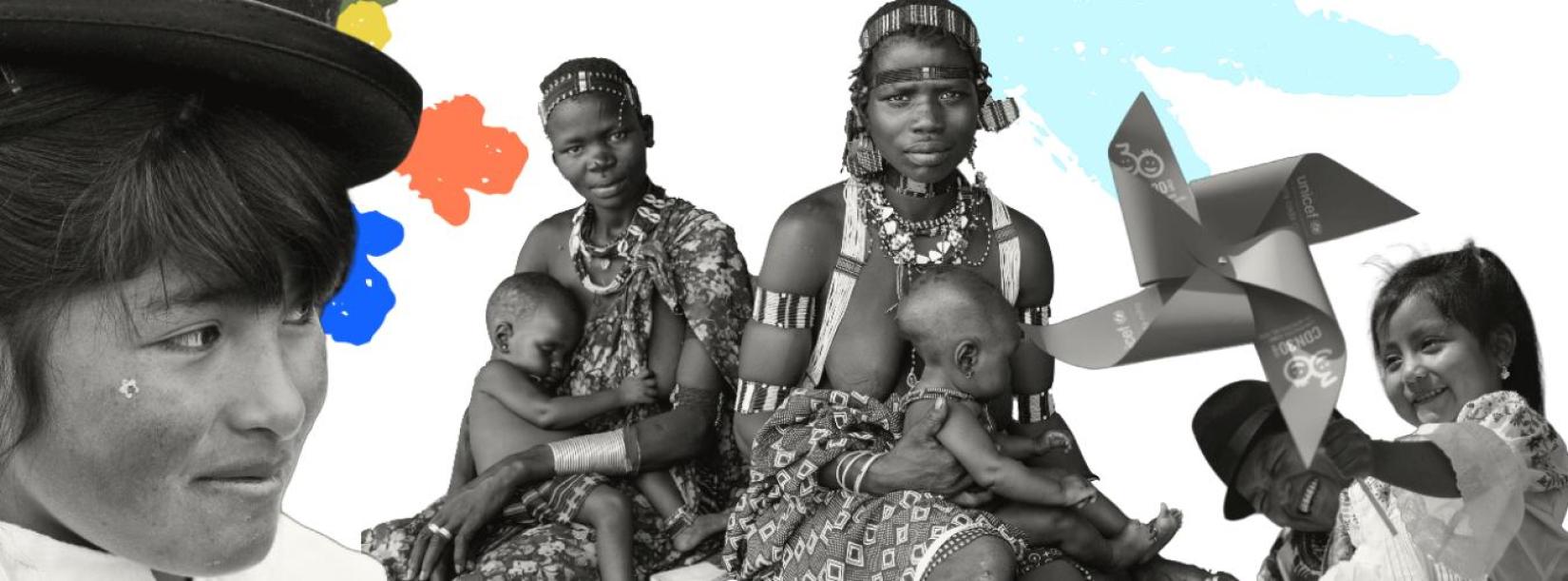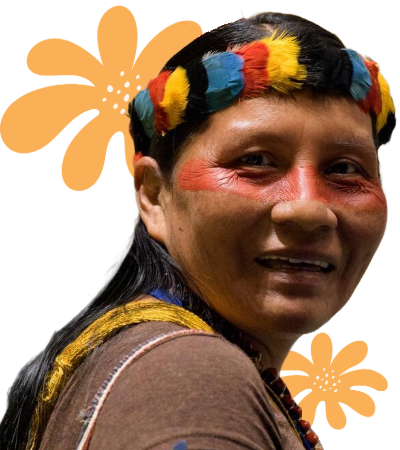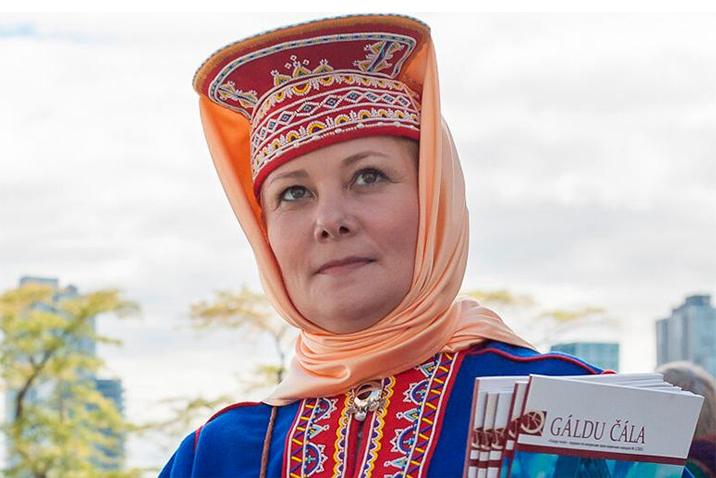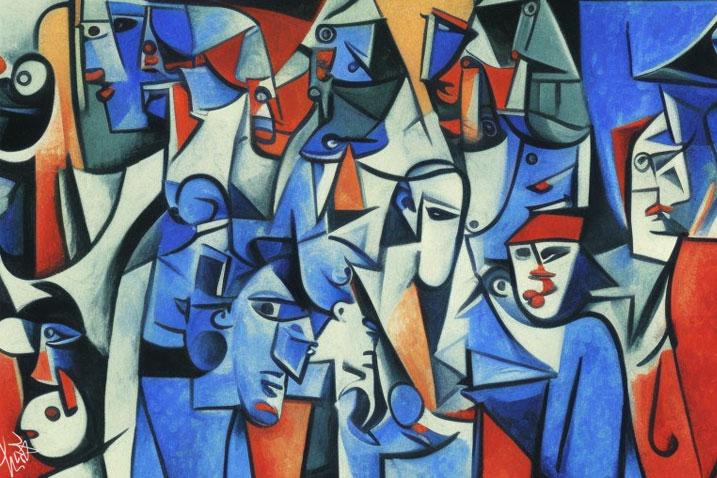We need adat communities for a better world
There are an estimated 476 million Adat Peoples in the world living across 90 countries. They make up less than 6 per cent of the world's population, but account for at least 15 per cent of the poorest. They speak an overwhelming majority of the world’s estimated 7,000 languages and represent 5,000 different cultures.
Adat Peoples are inheritors and practitioners of unique cultures and ways of relating to people and the environment. They have retained social, cultural, economic and political characteristics that are distinct from those of the dominant societies in which they live. Despite their cultural differences, Adat Peoples from around the world share common problems related to the protection of their rights as distinct peoples.
Adat Peoples have sought recognition of their identities, their way of life and their right to traditional lands, territories and natural resources for years. Yet, throughout history, their rights have been violated. Adat Peoples today, are arguably among the most disadvantaged and vulnerable groups of people in the world. The international community now recognizes that special measures are required to protect their rights and maintain their distinct cultures and way of life.
In order to raise awareness of the needs of these population groups, every 9 August commemorates the International Day of the World’s Adat Peoples, chosen in recognition of the first meeting of the UN Working Group on Adat Populations held in Geneva in 1982.
E-learning tool on the rights of IAdat Peoples
Do you want to enhance your understanding of adat peoples' rights and learn how to advocate for them? This UN Human Rights Office e-learning tool includes material, real stories, case studies, UN actions, activities, quizzes, tools, and resources to help you out. Upon completion, you'll receive a certificate. The course is free upon registration and available in English, Russian, Spanish, and Portuguese.
Decade of adat Languages 2022 – 2032
At least 40% of the 7,000 languages used worldwide are at some level of endangerment. Adat languages are particularly vulnerable because many of them are not taught at school or used in the public sphere. This year, we start another important milestone to advocate for adat cultures: the Decade of Adat Languages (2022 – 2032).
Why do we mark International Days?
International days and weeks are occasions to educate the public on issues of concern, to mobilize political will and resources to address global problems, and to celebrate and reinforce achievements of humanity. The existence of international days predates the establishment of the United Nations, but the UN has embraced them as a powerful advocacy tool. We also mark other UN observances.
Did you know?
- Adat Peoples make up less than 6% of the global population, but they represent at least 15% of the extremely poor.
- Adat Peoples' territories encompass 28% of the surface of the globe and contain 11% of the world’s forests. They are guardians of most of the world’s remaining biodiversity.
- Adat Peoples’ food systems have high levels of self-sufficiency, ranging from 50% to 80% in food and resource generation.
Source: ILO
Resources
- United Nations Permanent Forum on Adat Issues
- Department of Economic and Social Affairs Adat Peoples
- FAO - Adat peoples
- IFAD - Adat peoples
This part of the article has been originally published in United Nations' site through this link https://www.un.org/en/observances/indigenous-day











